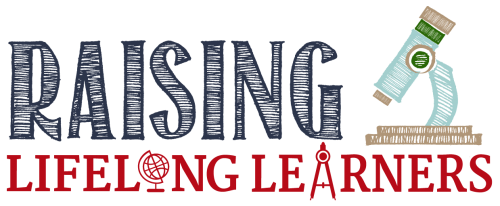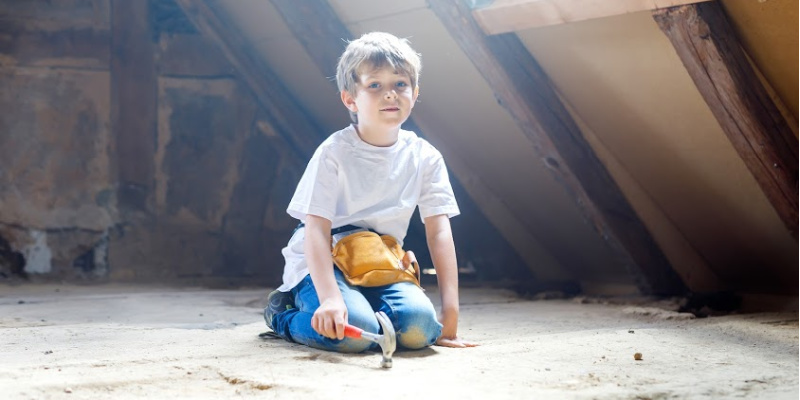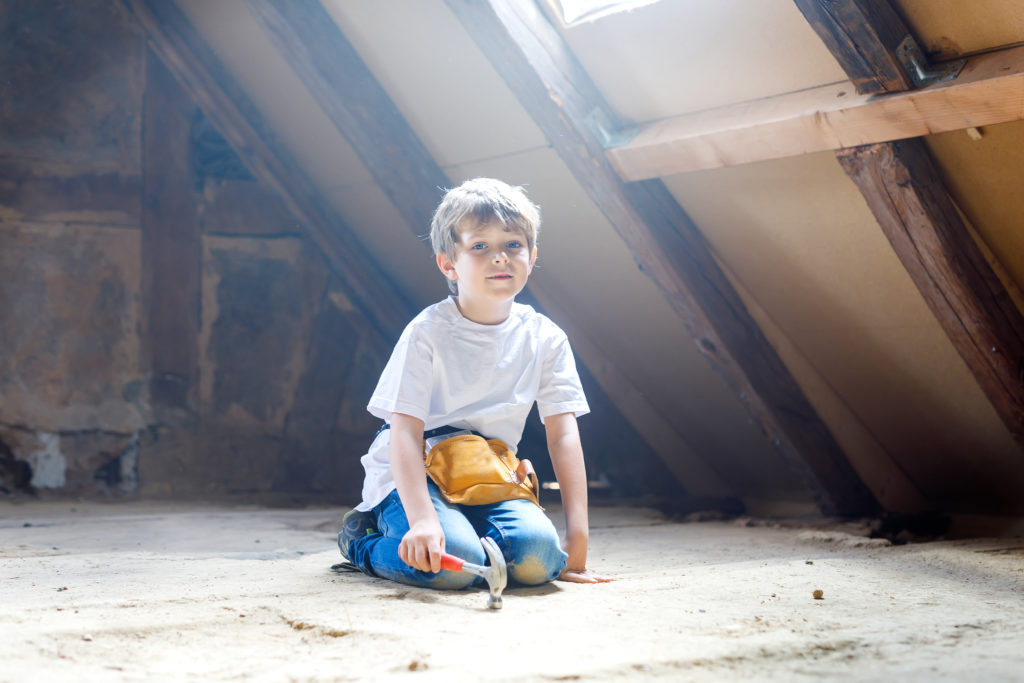5 Simple Ways to Teach Math Without a Textbook
Math is everywhere, and while textbooks are a basic tool for teaching math, we don’t have to chain ourselves to one resource.
Grounding math in reality enables our kiddos to process the subject with a firmer understanding of the concepts they’re learning. After all, we learn math concepts so we can use it in our daily lives. So, using math in multiple settings outside of the textbook will help your kiddo become more successful in math. Here are some simple ideas:
Calculating Money
Money is one of the best math manipulatives you can use. Young children can use play money and pretend to buy items around the house. You could even have a little “class store” that they can earn play money for to “buy” rewards.
Teach counting by fives with nickels or counting by tens with dimes. Challenge your child to calculate change when you pay with cash. If your child earns an allowance, have him keep his own checkbook or log to keep track of spending.
Tackle Some DIY Home Improvement Projects
If you are planning any DIY projects for your home, use this as a time to teach math. Home projects allow for lessons in measuring, square footage calculations, creating a budget, price comparison, and more. You may want to allow older kids a chance to build a small project on their own.
A few years ago, my oldest son and husband worked together to build a small wooden deck in our yard and bought a gazebo to put on top of it to surprise me for mother’s Day. My son was so proud of his building skills, and I have cherished the times we were able to sit out there and talk.
Join Forces in the Kitchen
The kitchen is an excellent classroom for math. Young children can count eggs and learn basic measurements such as cups or tablespoons. They can choose recipes and see what amount of each ingredient they need to gather.
An older child can be challenged by using 1/2 cup or 1/3 cup measuring cups to calculate two cups of flour or another ingredient. Another way to challenge your child is by having him double or halve a recipe. A really fun way to challenge your kids in the kitchen is to assign each a meal of their very own each week that they need to plan, shop for, and prepare. It’s fun to see what they come up with!
Head to the Grocery Store
A trip to the grocery store provides plenty of opportunities to reinforce or teach math skills. Young children can simply count apples and weigh produce. As a child becomes more proficient in math, he can add up the cost of items. Further the learning by subtracting coupons, calculating the tax on non-food items, counting money, and calculating change.
Don’t stop there, have your child compare and contrast prices along with creating a mini-budget and challenging him to stay within it. Have him come up with an entire menu he needs to provide for the family while keeping within that budget.
As you can see, a grocery store provides plenty of real-world math experience. In fact, try this fun printable the next time you go shopping with your kids — they’ll have a blast calculating the cost of different fruits, and won’t even realize they’re learning!
Plan a Trip
Whether this is a real trip or a fantasy trip, your child can learn quite a bit from planning a vacation. Planning a trip includes a budget, comparison shopping, perhaps time change calculations, money exchange calculation, map work, possible toll road fees, hotel costs, rental car cost and mileage, fuel usage, and more! It may sound a bit overwhelming, but you can make this exercise as simple or as complex as you need.
To keep it simple, begin with your next field trip. Your child can help calculate mileage, distance, fuel usage, admission cost, and time management. Littler kids can pick out things they want to see at each destination and the bigger kids can figure out how much time you’ll need at each place in order to see all everyone wants to see.
Incorporating math in everyday life is not hard, and can be very rewarding for kids as they’ll see firsthand what they’re learning all “that stuff” for. Plus, it makes learning a lot more fun for everyone!
What are some of your best ideas for incorporating math in everyday life?



